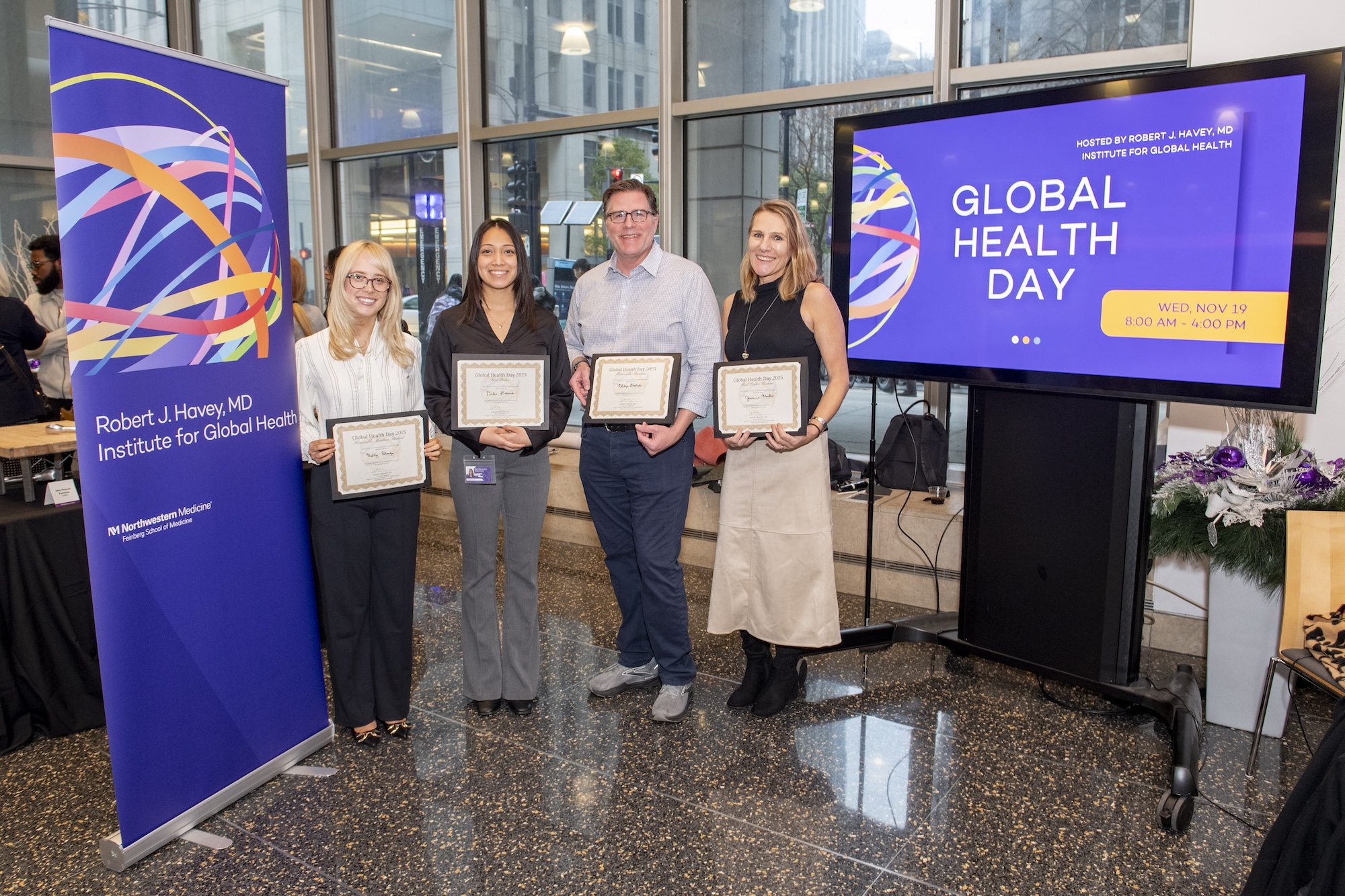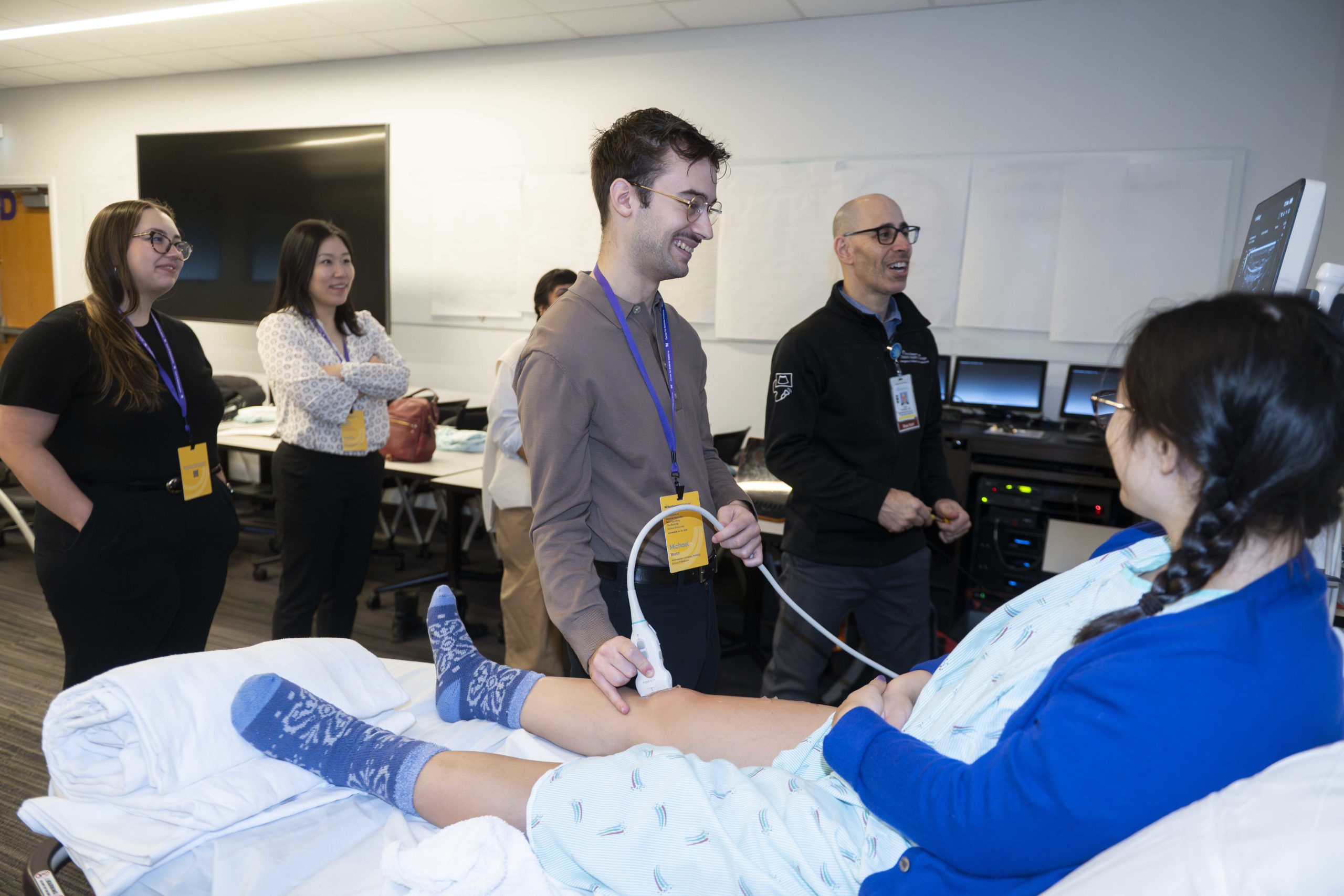
A new risk prediction tool developed by the American Heart Association (AHA) estimated cardiovascular disease (CVD) risk in a diverse patient cohort more accurately than current models, according to a recent study published in Nature Medicine.
The tool, called the Predicting Risk of Cardiovascular Disease EVENTs (PREVENT) equations which was developed in 2023, could help healthcare providers more accurately identify patients who have higher CVD risk and enhance preventive care efforts, according to Sadiya Khan, ‘09 MD, ‘14 MSc, ’10, ’12 GME, the Magerstadt Professor of Cardiovascular Epidemiology and co-first author of the study.
“Evaluating the new PREVENT equations in a diverse sample of patients is critical to provide primary care providers and cardiologists with further assurance that they can utilize these equations to accurately predict patients’ CVD risk, particularly in vulnerable populations,” said Khan, who is also an associate professor of Medical Social Sciences in the Division of Determinants of Health and of Preventive Medicine in the Division of Epidemiology.
More than 127 million U.S. adults had cardiovascular disease (CVD) between 2017 and 2020, according to a recent report from the American Heart Association. Given the high burden of CVD, CVD risk prediction equations have been developed to optimize preventive care and improve patient outcomes including, most recently, the AHA’s PREVENT equations, in which the development was led by Khan.
To recognize that race is a social construct, rather than a biological risk factor, the PREVENT equations do not include race as a predictor, which has raised concerns about the model underestimating CVD risk in racial and ethnic minority groups, according to Khan.
“There has been growing awareness of race as a social construct that has led to discussions about the role of race in clinical algorithms. As such, the new PREVENT equations did not include race as a predictor. However, removing race as a predictor has also raised concerns that it may underestimate risk in individuals who are more likely to experience racism or discrimination, which increase CVD risk. Therefore, the present study examined how the PREVENT equations perform in a high-risk veteran population that is incredibly diverse,” Khan said.
In the current study, the investigators utilized data from the VHA data warehouse representing more than 2.5 million U.S. veterans between the ages of 30 and 79 years who did not have a history of CVD or kidney failure. Patients in the cohort identified with the following race and ethnicity groups: as Asian/Native Hawaiian/Pacific Islander, Hispanic, non-Hispanic Black and non-Hispanic white or as other/unknown.
Using the PREVENT equations to calculate patients’ 10-year risk for CVD, the investigators found that PREVENT performed similarly well across race and ethnicity groups and estimated CVD risk more accurately than the Pooled Cohort Equations, which are the current clinical standard for atherosclerotic CVD risk prediction.
“Race is a complex social construct that is often used as a proxy to represent lived experiences of racism and discrimination. But the pervasive effects of racism also influence CVD risk factors, such as high blood pressure and diabetes, which are included in the PREVENT equations. Thus, even without race in the equations, PREVENT captures the effects of racism on CVD risk through these risk factors,” Khan said.
According to Khan, the findings also support that race is not needed for accurate CVD risk estimation.
“Providing a person different clinical care based on their race is potentially harmful because it suggests that race is a biological determinant of risk or that there are differences in how Black Americans develop heart disease that are inherent to racial identity. In contrast, raising awareness for the impact of adverse social factors and structural racism in the development of risk factors and CVD is critical. We know that Black Americans are more likely to have high blood pressure and diabetes, key risk factors for CVD, and that these risk factors often develop at a younger age, which lead to greater burden and earlier onset of CVD,” Khan said.
Overall, the PREVENT model could help primary care providers and cardiologists confidently identify patients with higher CVD risk and enhance preventive care measures before symptom onset, according to Khan.
“If a healthcare provider can use models like PREVENT to predict which patients are more likely to develop CVD, including heart failure, then they can emphasize preventive lifestyle measures, such as structured exercise programs, or consider medications such as the GLP-1 receptor agonist medications (e.g., semaglutide) earlier to potentially improve cardiovascular outcomes in their patient,” Khan said.
Khan said her team is continuing to study the performance of PREVENT in different settings, including global settings. They are also exploring how well PREVENT can be used to reduce the risk of CVD and studying different interventions that may be considered based on someone’s risk profile to personalize care.
“If we can accurately identify patients who would benefit from earlier interventions, lifestyle changes or medication management to help prevent the onset of CVD, then we can improve patient outcomes and reduce healthcare spending costs. Accurate predictive models are an invaluable part of preventive medicine,” Khan said.
This work was supported by the American Heart Association grant 24DECCAEG1258968.






